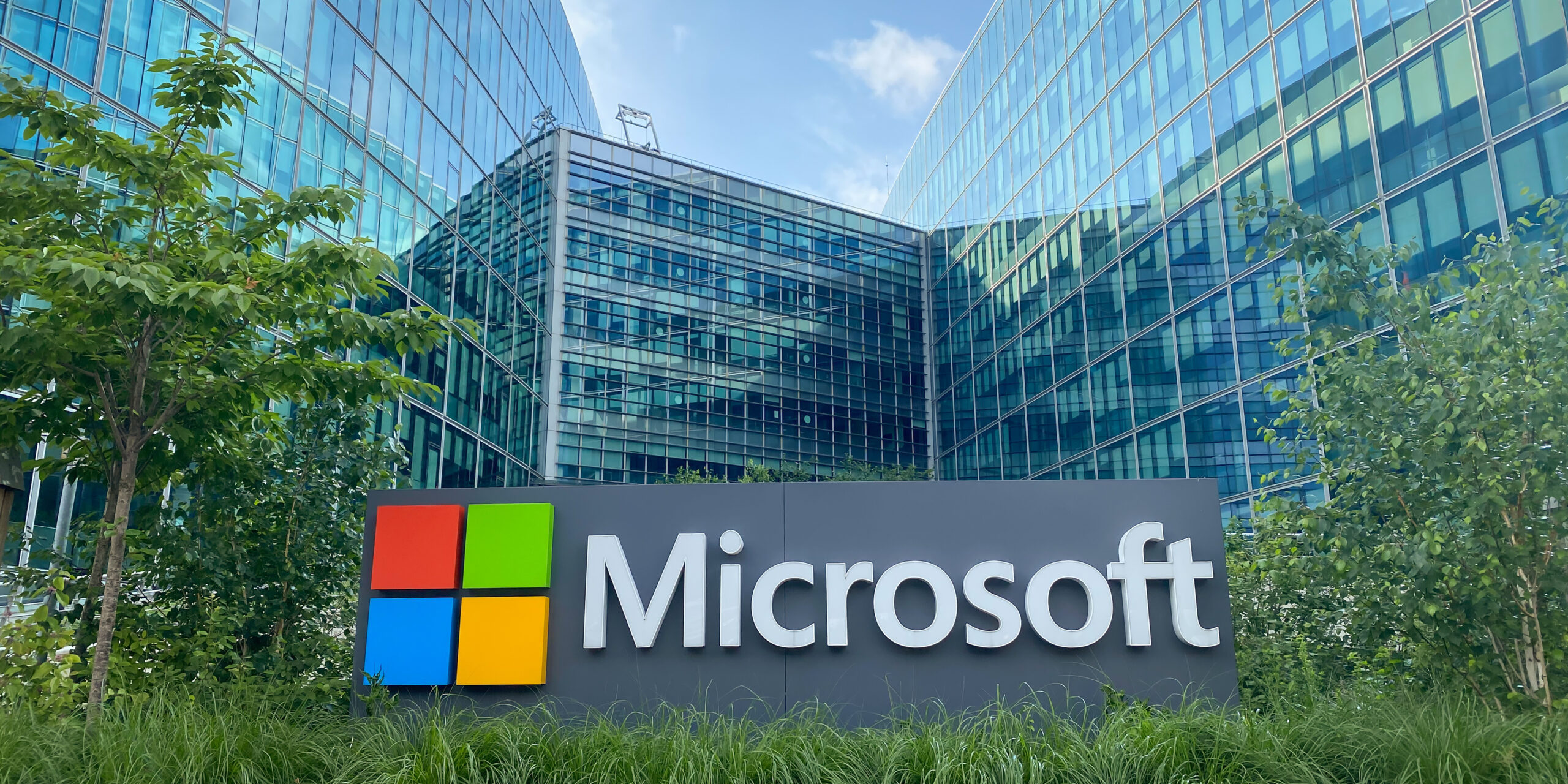
iStock.com/Jean-Luc Ichard
Microsoft’s Latest AI Animates Faces To Bring Photos to Life
April 22, 2024
Last week, Microsoft researchers revealed a new AI tool with the ability to transform a static face image and an audio recording of speech into a lifelike video of the person speaking. This innovation generates videos with captivating lip-syncing and realistic face and head movements, either from photorealistic faces, cartoons, or artwork.
Researchers showcased the new model called VASA-1 in a video in which they demonstrated how they animated the classic Mona Lisa image, having her deliver a comical rap that actor Anne Hathaway originally performed.
Microsoft said this innovation could be used for educational purposes or for “improving accessibility for individuals with communication challenges,” or possibly to create virtual companions for humans. However, the tech giant also said it can see how the tool can be abused and negatively utilized to impersonate real people.
This problem extends further than Microsoft, as the rapid increase of sophisticated tools for creating lifelike AI-generated images, videos, and audio enters the market and causes concerns among experts. There are worries about the potential misuse of this technology leading to new types of misinformation. To add to this, there are concerns that this innovation could disrupt creative industries like film and advertising even more.
Currently, Microsoft said it has no plans to release the VASA-1 model to the market publicly yet. This approach mirrors how Microsoft partner OpenAI is addressing concerns regarding its AI-generated video model, Sora. Even though OpenAI introduced Sora in February, access to the model has been restricted to specific professional users and cybersecurity professors for testing purposes only.
In a blog post, Microsoft researchers said, “We are opposed to any behavior to create misleading or harmful contents of real persons.” However, the company added that it does not plan to release the product publicly “until we are certain that the technology will be used responsibly and in accordance with proper regulations.”
Researchers explained that this new tool was trained on many videos of people’s faces while speaking, and it’s designed to recognize natural face and head movements, including “lip motion, (non-lip) expression, eye gaze and blinking, among others.” As a result, VASA-1 can create more realistic videos when animating a static photo.
Recent News
Google’s Antitrust Trial Teeters On
Google’s landmark antitrust case against the Justice Department has reached its final stage, sparking concern across Silicon Valley. Prosecutors argue that Google’s dominance in online search and search advertising markets is illegal, while Google maintains its superiority. The outcome, to be decided by US District Judge Amit Mehta, could have significant implications not only for Google but also for other tech giants like Apple, Amazon, and Meta.
Virgin Galactic’s Unity Spacecraft Nears Final Flight
Virgin Galactic has announced that its Unity spacecraft is set to embark on its last commercial journey, marking a significant milestone for the company. The Galactic 07 mission, scheduled for June 8, will be the 12th and final flight of the Unity spacecraft before Virgin Galactic shifts its focus to its new Delta-class spacecraft.
Apple’s Vision Pro Headset Dominates Enterprise Market
Apple’s Vision Pro headset, a mixed-reality spatial computing device, has found its way into the arsenals of more than half of the Fortune 100 companies, with over 50% investing in at least one unit. This revelation came during Apple’s first quarter 2024 earnings call, where CEO Tim Cook highlighted the enthusiastic reception of their products within the corporate sector.
Cinco de Mayo 2024: Food and Drink Specials
Cinco de Mayo isn’t just a celebration of Mexican-American culture; it’s also a day of fantastic deals and specials across the nation. This year’s festivities kick off with deals that last until May 5th. Here’s a list of some of the offers:

